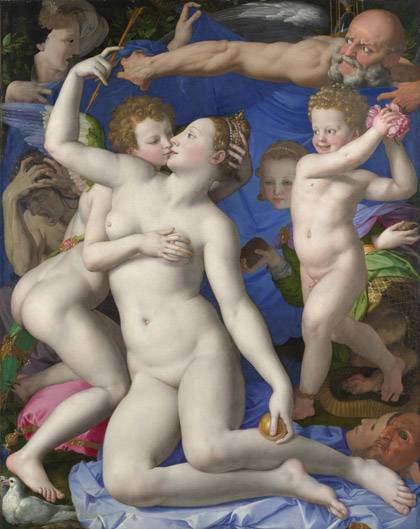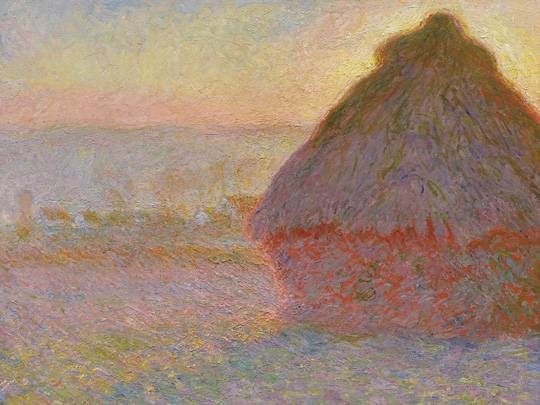
Bronzino, ‘An Allegory with Venus and Cupid’, about 1545.
Exhibition exploring sin in art at the National Gallery ‘Sin’ brings together paintings from across the National Gallery’s collection with modern and contemporary works by Andy Warhol, Tracey Emin, and Ron Mueck. 15 April – 5 July 2020.]]>
Source: National Gallery, London
Sin is defined universally as a regrettable fault, offence or omission, which everyone can relate to. It is a concept that pervades human life and history. Although sin’s origins lie far further back, Christianity considers sin a transgression against divine law. Many of the world’s major religions have similar concepts.
‘Sin’ will provoke people to think about their own definition of sin, and explores this problematic and ambiguous concept through art. It will show how sin is fundamental to our visual culture, and permeates our lives. An idea of sin is universal, yet its specifics are highly personal.
Even a brief walk through the Gallery confirms that sin is an omnipresent theme in the history of art, but that its story has never been coherently told. In its broadest sense, sin has been on artists’ minds almost continuously. ‘Sin’ brings together paintings that explicitly explore complex theological ideas – the story of Adam and Eve and the fall of man, to ideas of Original Sin, redemption, atonement, the seven deadly sins, the Immaculate Conception, and confession – but also implicit depictions of ‘sinful’ everyday behaviour that blur the boundaries between religious and secular art.
Related content
The Silver Caesars: A Renaissance Mystery at the Met (exhibition, 2017)
Follow us on:


